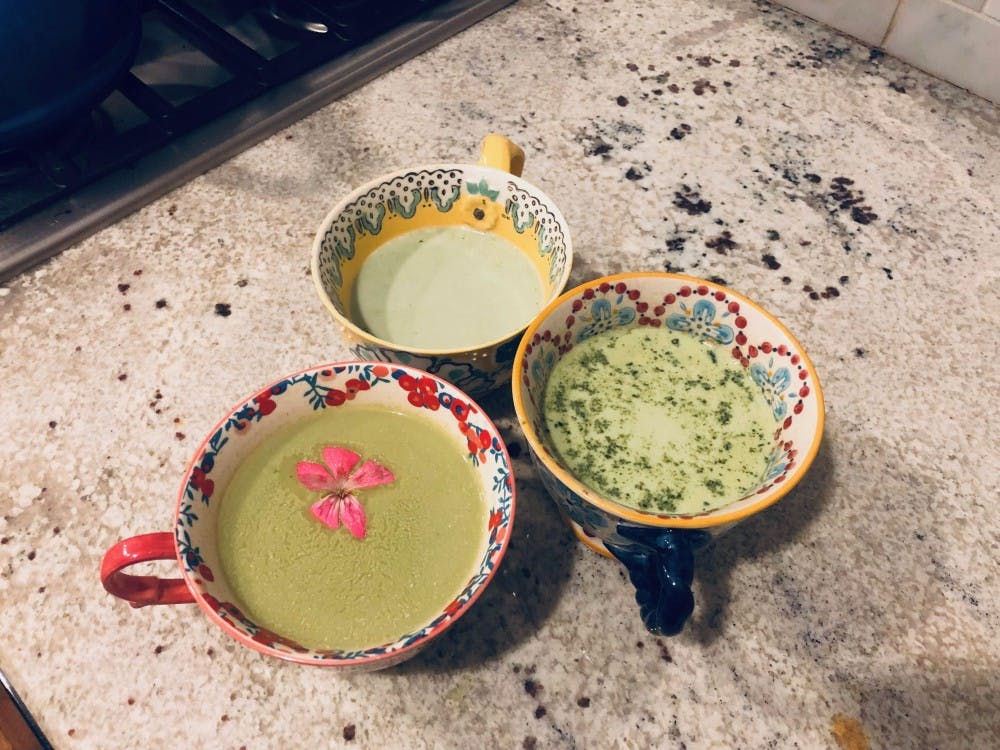A couple of years ago, matcha took over as the new "it" ingredient for any recipe that claimed to have health benefits. Influencers sipped it in tea or lattes on every social media platform, and any celebrity chef or food blogger who mattered snuck it into cookies, ice creams, cakes, and more. Even beauty companies got in on the hype, launching matcha–infused products with labels boasting antioxidants that would give us radiant skin. I'm not ashamed to admit that I was one of the many who bought into the hubbub. Unlike most food and wellness trends that tend to fade after a couple of months (i.e. charcoal in everything or turmeric lattes), matcha has proven itself to be in it for the long haul as a regular menu item in most cafes.
That's because the hype is pretty warranted. There are proven benefits to drinking matcha tea. With matcha, you actually ingest the the whole tea leaf, instead of just steeping the leaves in water through a bag like with most other teas. While scientists haven't been able to prove a causal relationship, most studies done on matcha and green tea have shown a correlation between drinking matcha and good health in terms of cholesterol, blood pressure, healthy weight, and even in the prevention of cancer or diabetes. Another key difference from traditional green tea has to do with caffeine absorption and release. The caffeine in matcha has a different effect on the body than that of coffee due to it containing L–theanine, an amino acid which, according to dietician Cynthia Sass for Health, “creates an ‘alert calm’ … which induces relaxation without drowsiness.”
Matcha has seeped its way into my daily life as a tired college student in need of a caffeine source that doesn’t bring on the jitters or whale call–like noises from my irritated stomach in the middle of an exam. I also like to think that I can make things better than the places I buy them from, so with a day to kill at home, I set out to try three different matcha latte recipes to find out which is the best.
Since I’m pretty sure adding loads of sugar and milk to matcha cancels out its benefits, I started with a vegan recipe. Most of the ingredients it called for, like coconut milk and maple syrup, were already at my parents’ house, but the only two things that may not be easily accessible are the matcha itself and macadamia milk. I was dually bewildered and excited at the prospect of trying macadamia milk. I thought I’d heard it all (almond, coconut, cashew, pea, oat), but this was a new frontier for alternative milks. After an anti–climactic tasting of macadamia milk (it tasted exactly like almond), I proceeded to make the latte.
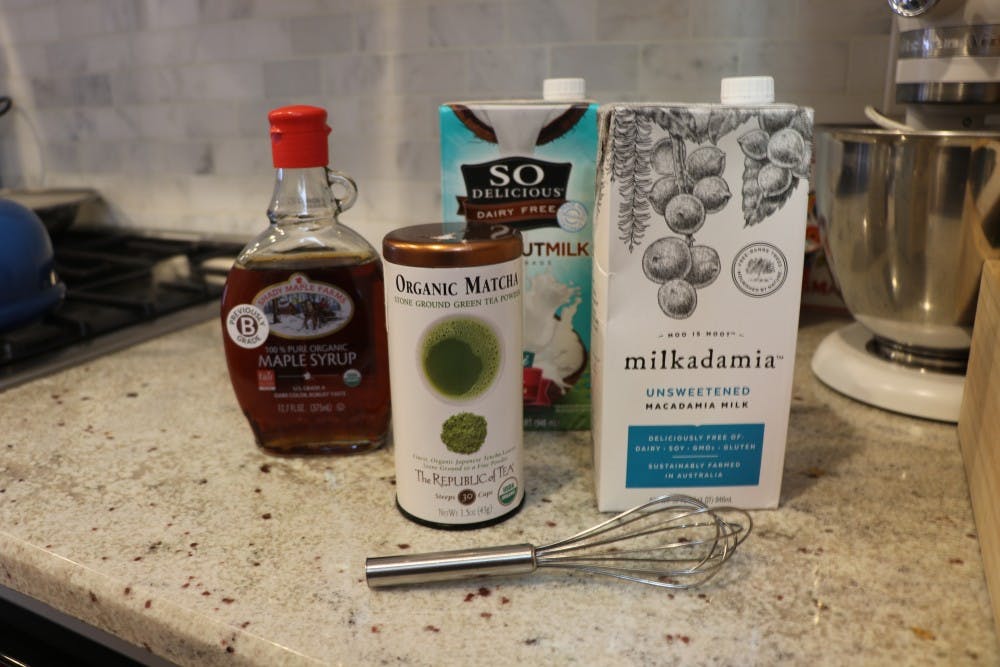
Following the recipe carefully, I whisked the maple syrup, hot water, and matcha together before adding in the warmed coconut/macadamia milk blend. At the end, it didn’t look anything like the beautiful emerald green latte on the website—it was more like a watery pea soup. I took one sip and concluded that it was just okay. It was overpowered by the tablespoon of maple syrup the recipe called for and the non–dairy milk just wasn’t doing for me. My mother insisted that for those on a plant–based or non–dairy diet, it was actually pretty good and that she would still drink it as a non–vegan.
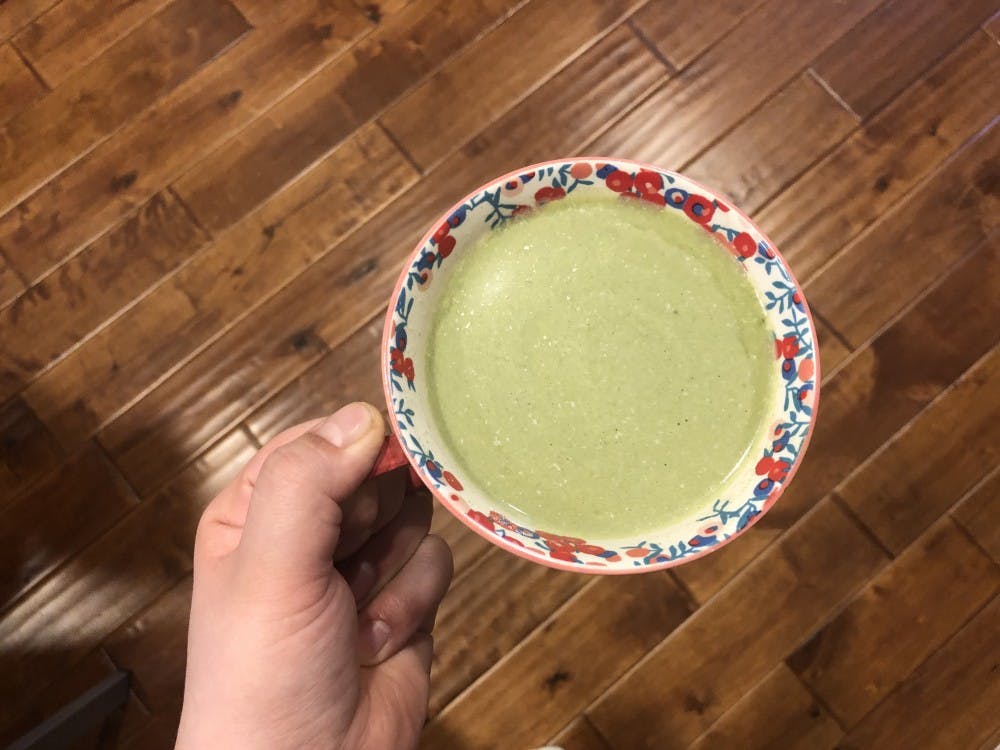
I then moved on to a recipe I had never tried before, but was more hopeful about. No obscure products here, just milk, honey, water, and matcha. This time though, I sifted the matcha, hoping it might give a more robust and blended flavor than before. After only burning the milk a little bit, I combined them all and hoped for the best. This one too, was just kind of okay. The proportions might have been off, or maybe I didn’t whisk it enough, but the flavor was inconsistent and not as good as I hoped.
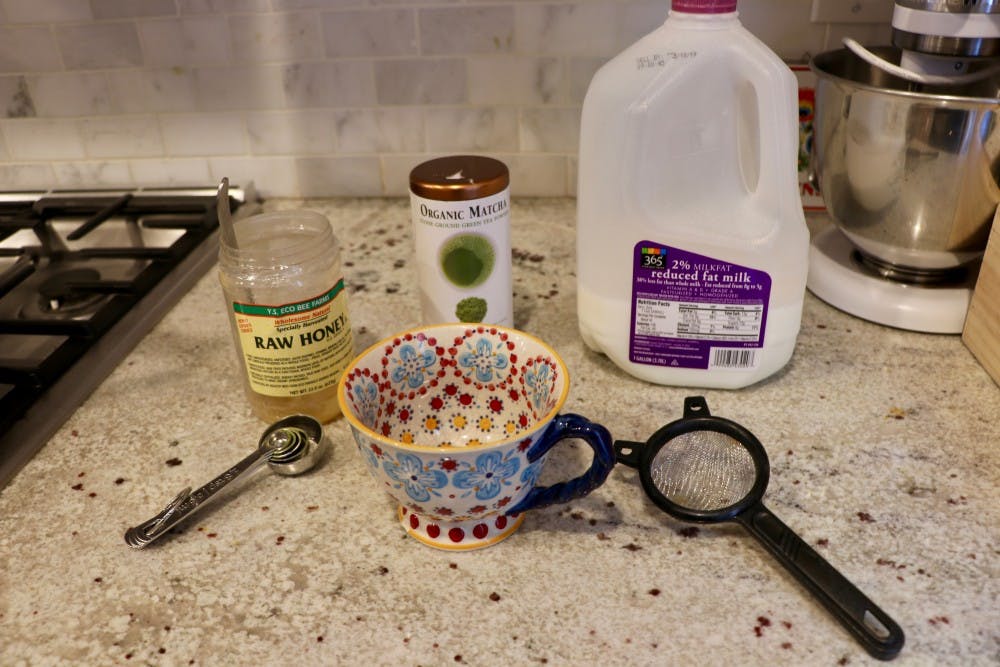
The last latte I made was one I knew would be good, not just because I’d had it before, but because, instead of standard matcha, it was a matcha–sugar blend with just the right sweetness. I put the remaining milk from the last latte into a cup, mixed the powder in, and enjoyed. It wasn’t too earthy or too sweet, and had a great flavor in general.
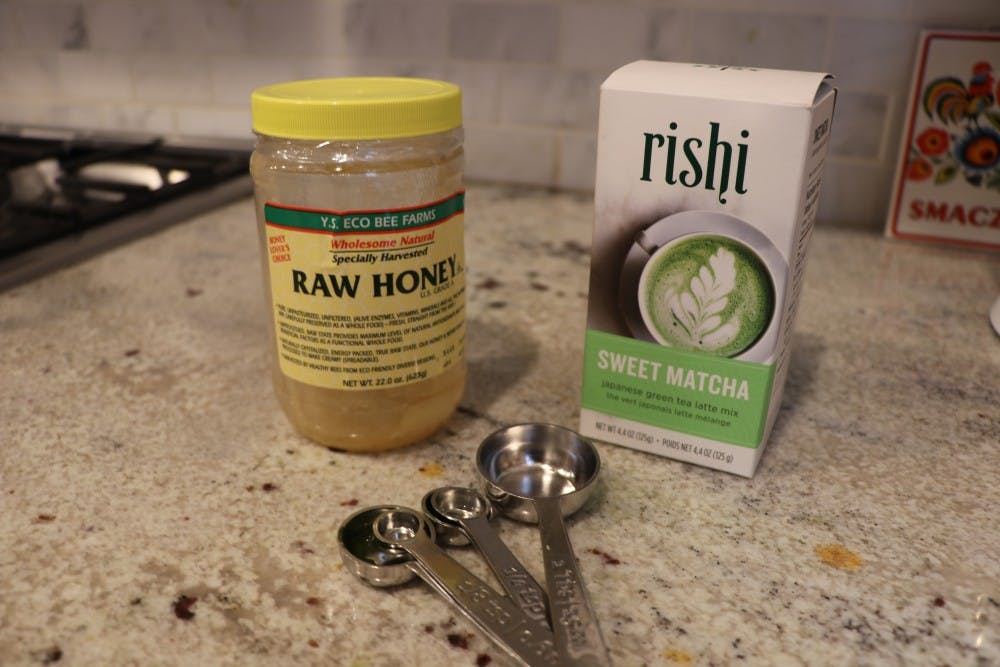
After this experience, I’d say that while the third was definitely my favorite, it’s all about preference and proportions. Some lattes taste different than others due to their origins, the level of sweetness, and what kind of milk you use, and sometimes it all comes down to how much of each ingredient you put in. Experiment and see what’s right for you and your tastebuds, and maybe learn something new about yourself in the process, like how macadamia milk is only a little bit of a scam.
